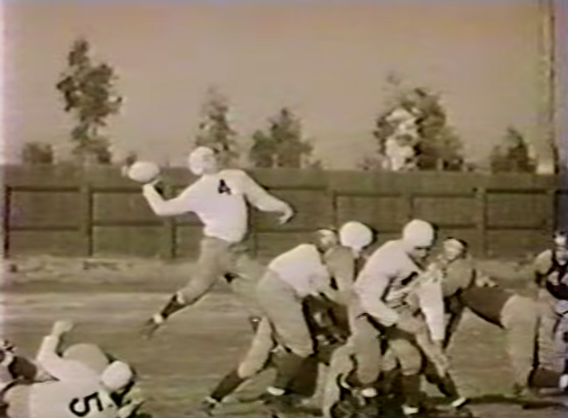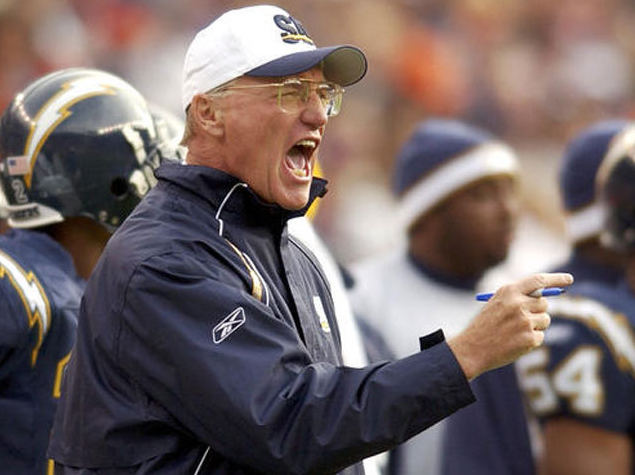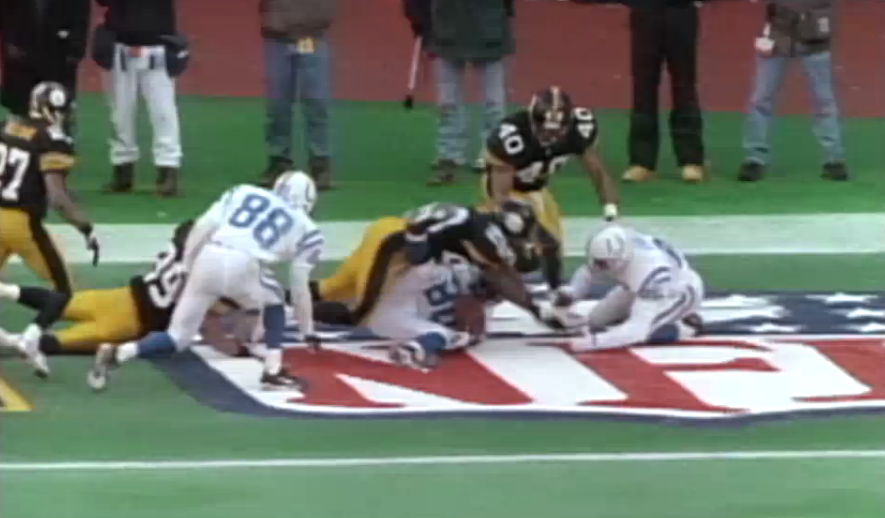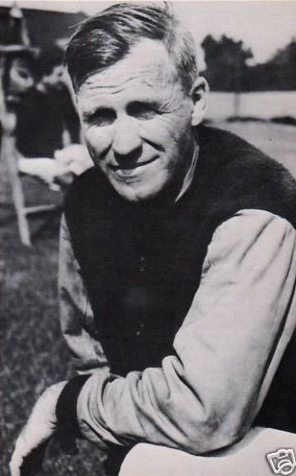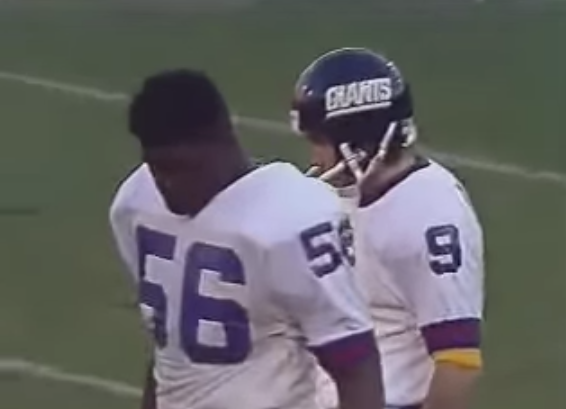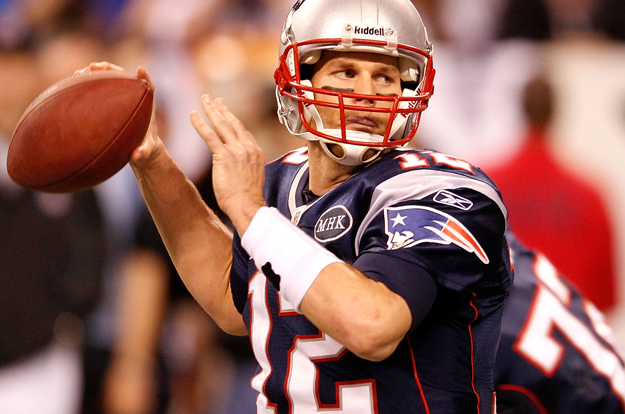As the NFL cranks up for the playoffs, it’s hard not to notice that Aaron Rodgers and Tony Romo are playing quarterback about as well as it can be played. Romo’s 113.2 passer rating for the Cowboys this season is the sixth highest in history; Rodgers’ 112.2 for the Packers is ninth. They’ve had their way with almost every defense they’ve gone up against (even, in Tony’s case, the Seahawks).
The question now becomes: Can they keep playing at this ridiculous level in the postseason? Or more to the point: Can they — or anybody else, for that matter — ever do what Joe Montana did 25 years ago?
When you talk about a quarterback “playing the position about as well as it can be played,” you have to start with Joe Montana in 1989. During the regular season, he compiled a 112.4 rating, which was the record at the time. Then he actually turned it up a notch in the playoffs and posted a rating of 146.4, which is still the record in the Super Bowl era (and only 11.9 points shy of a perfect score, 158.3).
Among Super Bowl-winning quarterbacks, Montana’s 1989 playoff performance is the gold standard by a sizable margin, as you can see:
TOP POSTSEASON RATINGS BY SUPER BOWL-WINNING QBS
[table]
Year,Quarterback\, Team,G,Att,Comp,Pct,Yds,TD,Int,Rating
1989,Joe Montana\, 49ers,3,83,65,78.3,800,11,0,146.4
1986,Phil Simms\, Giants,3,58,38,65.5,494,8,0,131.8
1992,Troy Aikman\, Cowboys,3,89,61,68.5,795,8,0,126.4
2012,Joe Flacco\, Ravens,4,126,73,57.9,1\,140,11,0,117.2
1994,Steve Young\, 49ers,3,87,53,60.9,623,9,0,117.2
2009,Drew Brees\, Saints,3,102,72,70.6,732,8,0,117.0
1988,Joe Montana\, 49ers,3,90,56,62.2,823,8,1,117.0
1982,Joe Theismann\, Redskins,4,85,58,68.2,716,8,3,110.7
2010,Aaron Rodgers\, Packers,4,132,90,68.2,1\,094,9,2,109.8
2004,Tom Brady\, Patriots,3,81,55,67.9,587,5,0,109.4
1996,Brett Favre\, Packers,3,71,44,62.0,617,5,1,107.5
[/table]
In the regular season and postseason combined, Montana had a rating of 119.4. That’s the record by a healthy margin, too. Here’s how the other quarterbacks in the above chart compare to him:
REGULAR SEASON AND POSTSEASON COMBINED
[table]
Year,Quarterback\, Team,G,Att,Comp,Pct,Yds,TD,Int,Rating
1989,Joe Montana\, 49ers,16,469,336,71.6,4\,321,37,8,119.4
1994,Steve Young\, 49ers,19,548,377,68.8,4\,592,44,10,113.5
2009,Drew Brees\, Saints,18,616,435,70.6,5\,120,42,11,110.8
2010,Aaron Rodgers\, Packers,19,607,402,66.2,5\,016,37,13,103.1
1996,Brett Favre\, Packers,19,614,369,60.1,4\,516,44,14,97.2
1982,Joe Theismann\, Redskins,13,337,219,65.0,2\,749,21,12,96.2
1992,Troy Aikman\, Cowboys,19,562,363,64.6,4\,240,31,14,95.4
2004,Tom Brady\, Patriots,19,555,343,61.8,4\,279,33,14,95.0
2012,Joe Flacco\, Ravens,20,657,390,59.4,4\,957,33,10,93.4
1988,Joe Montana\, 49ers,17,487,294,60.4,3\,804,26,11,93.3
1986,Phil Simms\, Giants,19,526,297,56.5,3\,981,29,22,81.6
[/table]
Montana’s victory lap, if you want to call it that, really began in the ’88 playoffs. That’s when he started a streak of eight postseason games in which he had a rating of 100 or higher (three in ’88, three in ’89 and two in ’90). Check out his numbers for the 19-game stretch beginning in the ’88 postseason and running through the end of ’89. (Note: He missed three games in ’89.)
MONTANA’S STATS FROM 1988 PLAYOFFS THROUGH 1989 PLAYOFFS
[table width=”400px”]
G (RS/PS),Att,Comp,Pct,Yds,TD,INT,Rating
19 (13/6),559,392,70.1,5\,144,45,9,119.0
[/table]
His ratings in those six postseason games, by the way, were 100.5, 136, 115.2, 142.5, 125.3 and 146.7 — against the best competition the NFL had to offer. How’s that for quarterbacking? And let’s not forget, the rules weren’t nearly as QB-friendly then. The league-wide passer rating in ’88 (70.6) and ’89 (73.3) was much lower than it was this year (87.1).
Montana has set the bar very high, perhaps impossibly high. Anyway, that’s what Rodgers and Romo are up against as they try to “play the position about as well as it can be played.”
Source: pro-football-reference.com
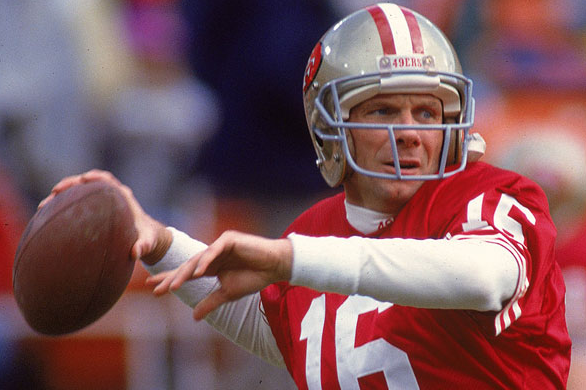
Will anybody ever play quarterback better than the 49ers’ Joe Montana did 25 years ago?


